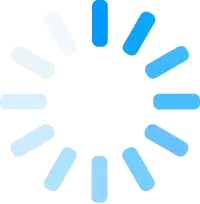Spreader (+) had 4 guns set up to all inputs directions(up, down, left, right) which would fire bullets to 3 directions except the triggered side automatically as they were hit by bullets.
computer science
Description
Target Point
Bibi really liked the sniper game, but the
rules in this game are a bit unique from the other games. The rules are
described below:
1.
Spreader (+) had 4 guns set up to
all inputs directions(up, down, left, right) which would fire bullets to 3 directions
except the triggered side automatically as they were hit by bullets.
2.
. Wall (#) stops every bullet that
comes to it.
3.
3. Start point (S) is the position
where Bibi shot the first bullet, bullets can go through this place. For
further clarification on the direction of Bibi's shot at start, will be
explained further in the Input Section
4.
4. Target point (X) is what Bibi
want to shoot. Bibi really wanted to know how many targets points to be shot
when she shot a bullet in a certain direction from the start point(S).
For this problem please make a function:
"int
getResult(char map[105][105],int position_x,int position_y,int
direction)".
Which gives results, the number of target
points that shot by Bibi. You are encouraged to use recursive techniques to
solve this problem.
DO
NOT include any built-in C/C++ function, except for "stdio.h"
function
Format Input
The first line contains T, the number of test
cases.
Each test case consists of several inputs:
The
1st line contains N (Row) and M (Column) the size of the map
The
next N-line and M-column contain the map of the game.
The
map consists of 5 characters namely wall (#), start point (S), target point
(X), spreader (+), and blank (.).
The
next line is string D, the direction of Bibi's first shot from the start. The
direction is exactly ”UP”, “DOWN”, “LEFT” or “RIGHT” without quotes.
Format Output
For each test case output "Case #X:
Y" where X is the case number, followed by Y the number of target points
that shot by Bibi.
Constraint
1 ≤ ? ≤ 100
3 ≤ ? , ? ≤ 100
Sample Input Sample Output
3
9 9
# # # # # # # # # Case
#1: 3
# . . . . . . . #
# . . . S . . . #
# . . . . . . . #
# . . . . . . . #
X . . . + . . . X
# . . . . . . . #
# . . . . . . . #
#
# # # X # # # #
DOWN




